In several professional development sessions recently, I have heard progressive teachers—young and old—calling for new approaches that we must adopt in order to meet the needs of our students in light of the recent developments in AI.
Is the call for these changes new? And will they become prevalent and systemic?
I agree with my friend and mentor, David Thornburg. We think that the current instantiation of AI (Artificial Intelligence) is the biggest innovation in education since the advent of the personal computer.
The Personal Computer
The personal computer was introduced to education about 45 years ago. I was using a Commodore Pet with my Grade ones in 1977. By the early 80s, personal computers were making inroads into most school districts in North America. ‘Computers in Education’ departments were springing up to support teachers and students in developing and implementing effective uses of this radical new technology.
There was an explosion in calls for pedagogical change. The 1970s witnessed the Piagetian revolution of child-centred, active learning with ‘open classrooms’ and student choice. That was the era into which the personal computer arrived. It was a perfect match! The calls for ‘constructivism’ by the Piagetians were enhanced by the calls for ‘constructionism‘ by Seymour Papert12 and his colleagues and followers. We saw the ed tech world divided into two major camps.
Constructivism vs Instructivism—the ongoing dichotomy
Those, like Patrick Suppes3, saw the personal computer as wonderful for supporting the more traditional, behaviourist approach of instructivism. They believed the computer could improve personalized learning through more intelligent tutoring systems to instruct students and to have them achieve mastery of the skills they saw as necessary.
Others, like Seymour Papert, saw the opportunity to empower students to ‘take charge of their learning’—to become creators and builders of their own minds. They promoted a Piagetian, constructivist approach where students would engage in personalized project-based approaches, engage in problem generation and problem-solving, and not be so tied to tests and marks. They saw a restructuring of schools and classrooms away from the ‘stand and deliver’ model of the teacher-centric classroom4.
Effects with are the changes that take place while one is engaged in intellectual partnership with peers or with a computer tool…
Gavriel Salomon
Effects of are those more lasting changes that take place as a consequence of the intellectual partnership…
People were buzzing with ideas such as Gavriel Salomon’s ‘effects with’ vs ‘effects of’ and with the notions of ‘first-order’ vs ‘second-order’ effects of technologies. We were all excited about these tools for reflective and transferable thinking using graphic organizers and idea outliners—much like Calliope (later to become Inspiration) developed by the aforementioned David Thornburg. And, yes, coding (programming) was very popular during the 80s and was going to deepen students’ metacognitive and problem-solving skills. But, it was more than a ‘coding’ or ‘computational thinking’ exercise. It was an educational movement with a dream to radically change the education system.
Well, not a huge amount changed. Regrettably.
The World Wide Web
Then, along came the World Wide Web! Awesome! Now is the time! Unlimited access to information. Students will be able to engage in cross-curricular project-based learning on topics of their choosing. Problem solving, critical thinking, relevant inquiry, new forms of assessment will be the norm.
Oops. Nope.
Social Media & Smartphones
Then, along came social media and smartphones! This will be it now. Ubiquitous and collaborative access and the social construction of knowledge à le Vygotsky and Bereiter & Scardamalia!
Now, we’ll definitely see a restructuring of the school system!
Nope.
Artificial Intelligence (AI)
Well, guess what?
Now, we are hearing the same calls for such pedagogical changes today with the recent developments of AI—45 years since the advent of the personal computer.
Will this be it? Will we see radical changes in our educational systems? Is there something that makes it different this time?
I invite you to share your ideas. What might you do personally that is different in light of the latest AI developments? What systemic changes would you like to see implemented provincially and at the district level?
- Seymour Papert also co-founded (with Marvin Minsky) the Artificial Intelligence Lab at MIT in the early 1960s and co-authored Perceptrons in 1969. ↩︎
- Seymour was quite the colourful character. I appreciate that he invited me to the Media Lab to be involved in a conversation with him and his students in relation to how groups of Lego Logo robots might be programmed to behave in different ways depending on their cultural comfort with proximity to one another. A lovely AI experiment. 🙂 And, then there was our trip to Israel. Ask me about that adventure sometime! ↩︎
- Patrick Suppes was a brilliant philosopher and a courteous host when I visited with him in 1984. We just disagreed in our philosophies of education and in the role of technology. ↩︎
- Of course, others had called for such changes many decades before the advent of the personal computer: John Dewey, Jean Piaget, A.S. Neill (Summerhill), Paolo Freire, and more. ↩︎
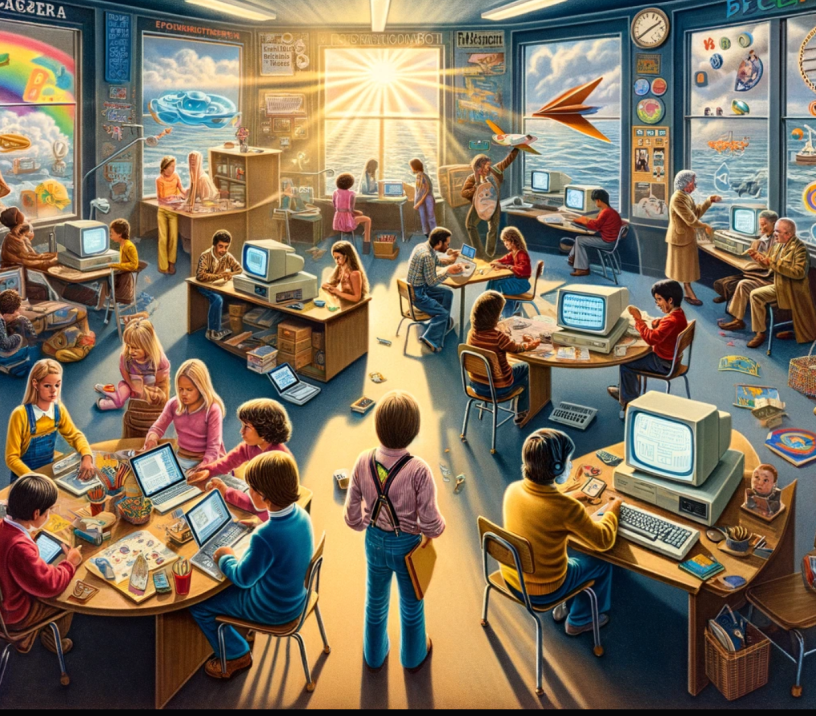
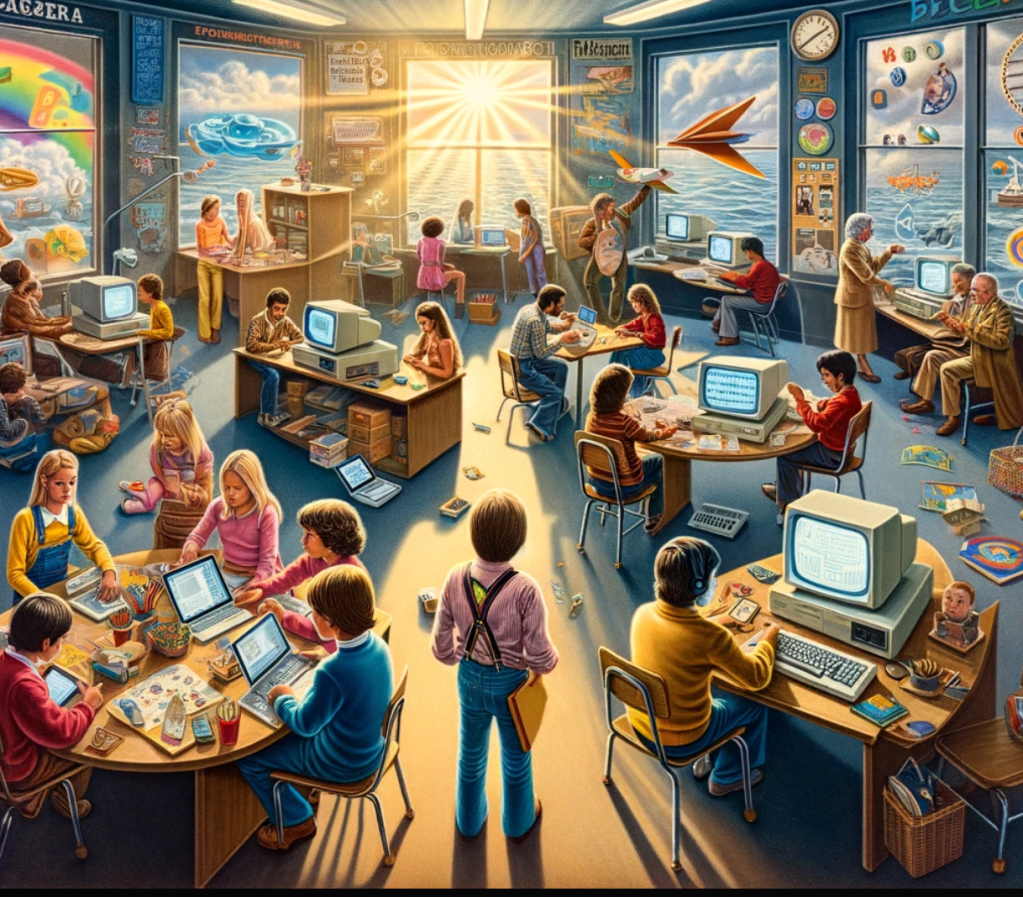
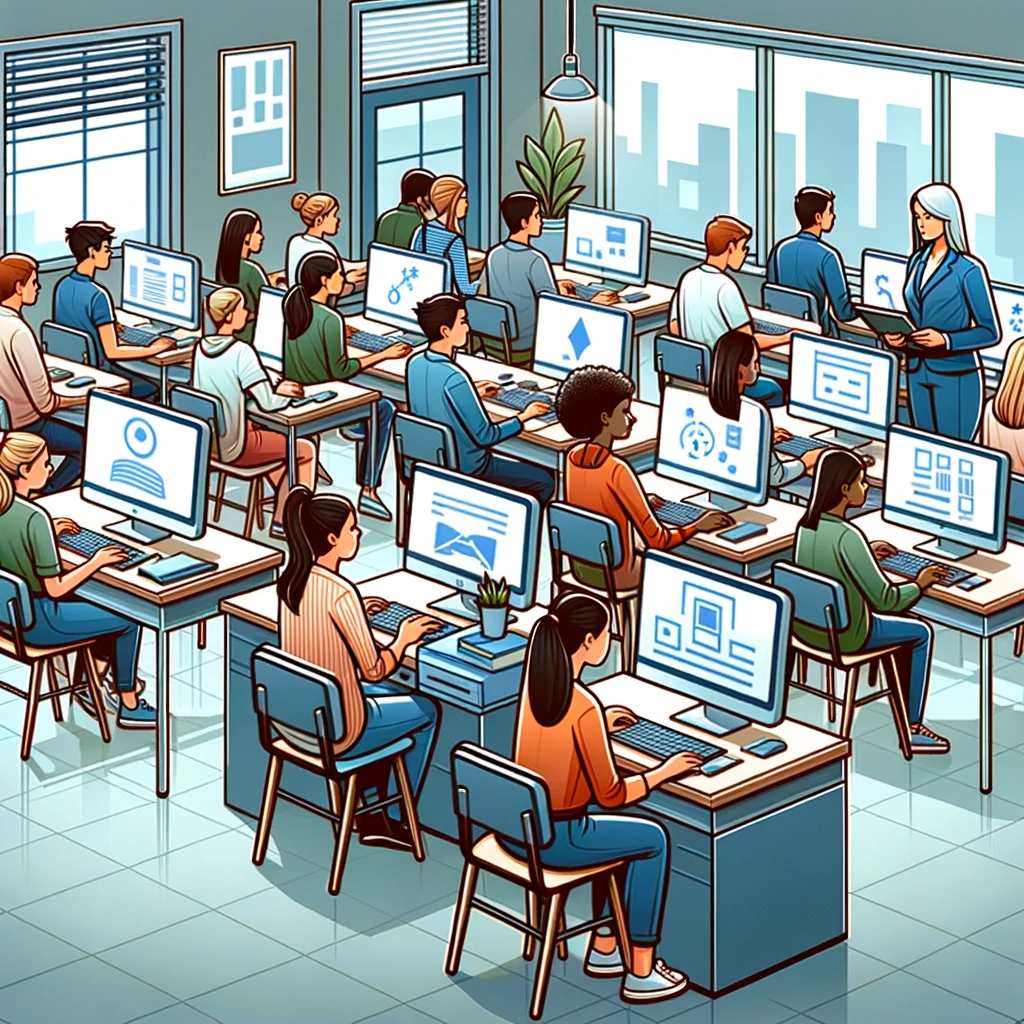
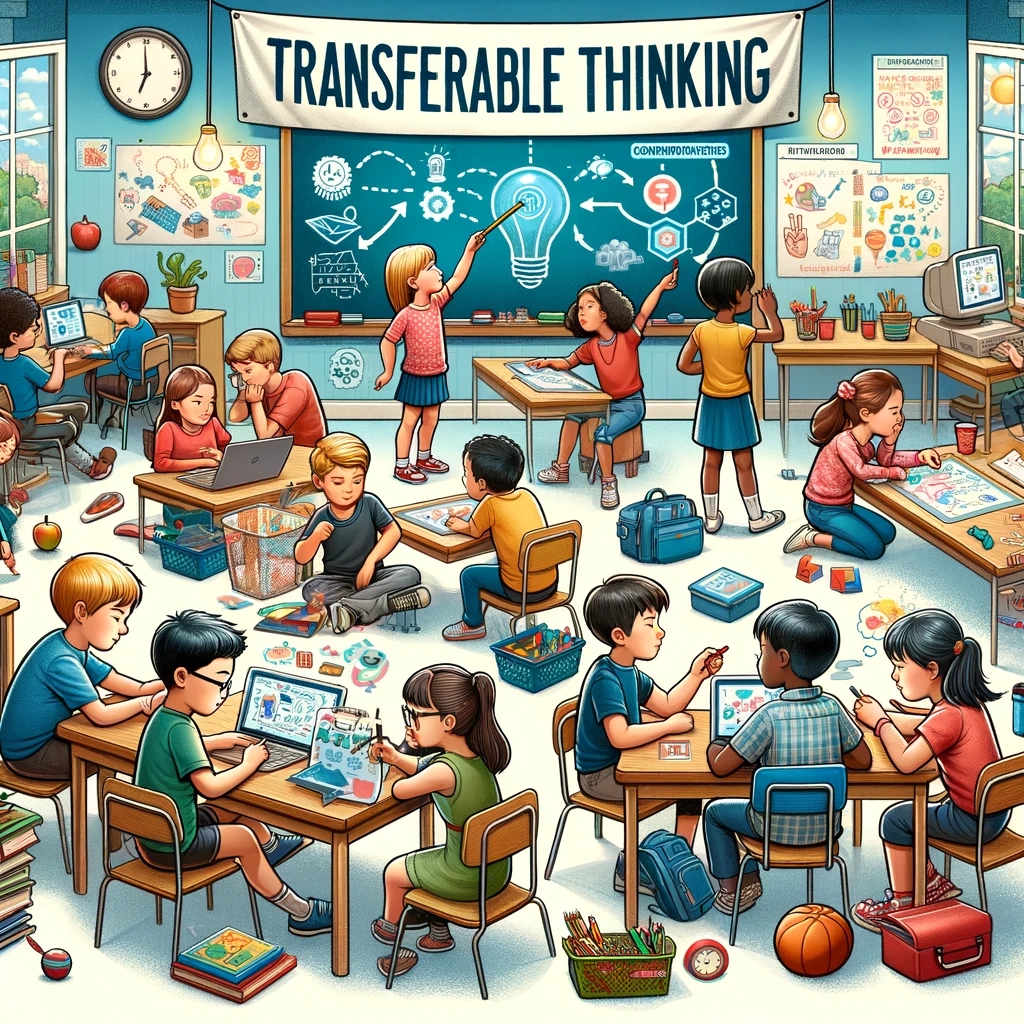
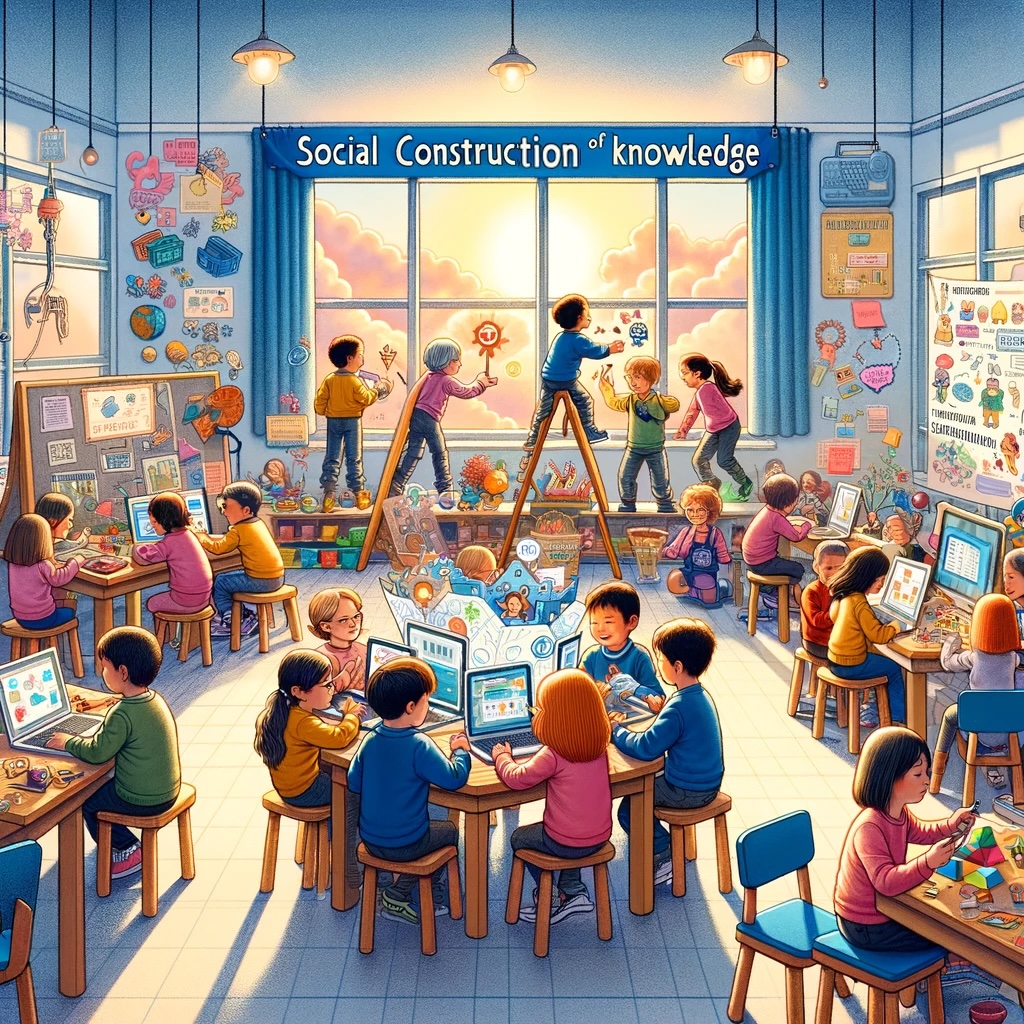
Obviously Peter and I are cut from the same cloth. This is the year educators need to understand AI enough to help shape its impact on education.
Thanks for raising lots of important ideas here Peter, and I think some of the comments shared by others elsewhere show that the conversation is impacted by a variety of contexts and is very complex—and can’t, or shouldn’t be, reduced to dichotomy. I think one of the most frustrating things I see related to the absence of change in ED, is when educators defer to ‘the system’ being the issue. Of course, I’m speaking from a mainly Ontario POV, and even when we have the most open, inquiry-based curricula, and one of the best assessment policies ever, teachers (and more damaging – admin and senior admin in districts) just can’t seem to let go of old practices. We’ve all lived (and continue to live) those experiences where folks in power get in the way of what we feel is in the best interest of learning and your frustration in seeing this happen over and over again during your career is something we’ve talked about lots! One of the best things I’ve seen in a long time as a vehicle for change is Liberatory Design https://www.liberatorydesign.com/ but it does rely on the fact that those in power need to want to change – I just love these questions that are asked of system designers – Imagine a world where our ‘systems’ designed had these in mind?
How do we build a strategy to transform power in our conversations, meetings, and decision-making?
How do we co-create protocols to name and shift power imbalances in action as they manifest?
When do we ask: “To what extent do our design solutions transform power and how do we know?”
As always, appreciate your insights! Thanks for sharing!
Wow. Great questions! I’ll have to look more into Liberatory Design. Thx Brenda!
What I am doing differently is using AI (specifically ChatGPT 4) as a thought partner in my work. For instance, I will ask it to offer feedback on my writing, or to synthesize a large amount of qualitative information, such as student comments, to tease out key takeaways and themes from an action research project.
One worry that I have around AI is how we might be outsourcing our intuition instead of doing the heavy work of studying information. ChatGPT doesn’t necessarily understand out contexts. Its feedback on a piece of writing may not take into account the audience or the mode of delivery, for example a speech transcript instead of an article, unless I remember to tell it that.
Someone else reminded me that the Internet is sometimes referred to as the “World White Web”. If AI pulls content from a source that promotes predominately white voices to generate responses, what are perpetuating that needs a pause?
Some things I am thinking about right now. Thanks for creating a space for thought.